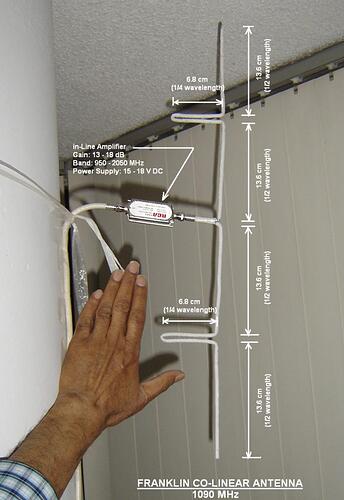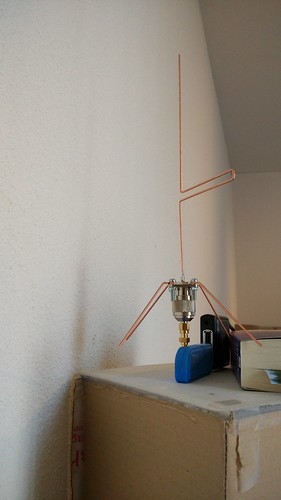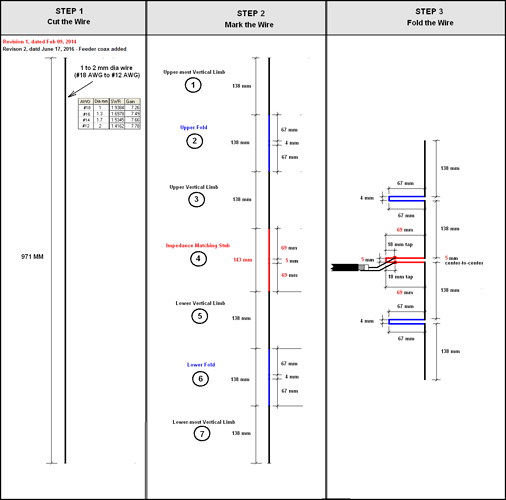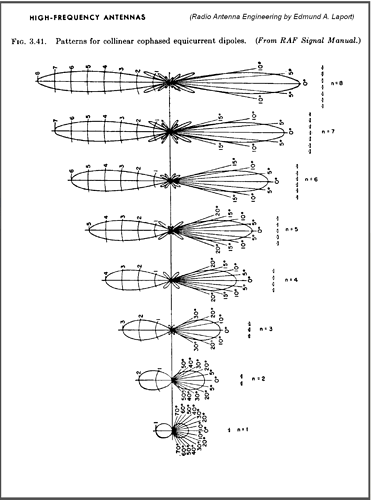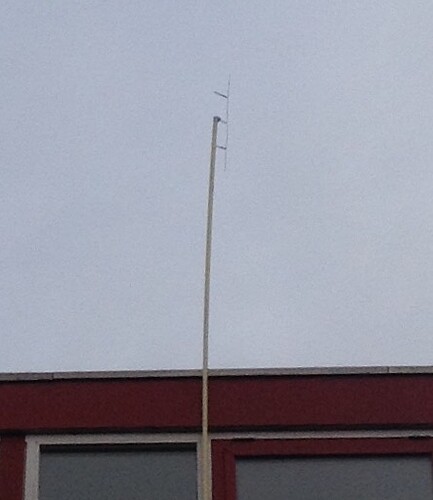In nutshell, yes increasing number of elements will improve reception, but not as much as generally imagined.
ExCalbr’s explanation is exhaustive, and there is nothing more I can add to it.
Since our brains comprehend an explanation more easily if it is quantitative & graphic, I would like to present ExCalbr’s descriptive explanation in that way:
(1) GAIN:
Normal expectation is that doubling the number of elements (i.e. from 4 to 8 ) should double the gain, and quadrupling the number of elements (i.e. from 4 to 16) should quadruple the gain.
In reality, each doubling of number of elements only increases gain by 3 dBi. Hence this is what happens:
Number of elements = 4 ; Gain = 7.5 dBi
Number of elements = 4 x 2 = 8 ; Gain = 7.5 + 3 =10.5 dBi (expected was 2 x 7.5 = 15 dBi)
Number of elements = 4 x 4 = 16 ; Gain = 7.5 + 3 + 3 =13.5 dBi (expected was 4 x 7.5 = 30 dBi)
… this is “Law of diminishing return” mentioned by EXCalbr 
(2) RADIATION PATTERN
The radiation pattern shape is like symbol for infinity ∞. Increasing number of elements flattens this shape, resulting in better response for signal originating far away planes (seen by antenna at horizon or very shallow angle), compared to nearby planes (seen by antenna at an elevation of 30 degrees or more). Since signals from far away planes are weak and nearby planes strong, this perfectly suits our requirement.
Just to make the ExCalbr’s and my explanation easier to understand, I am attaching two images below. A picture is worth 1000 words 
Image 1/2
Comparison of Radiation Patterns of Isotropic, Half-Wave Dipole, 4-element Franklin & 8-element Franklin Antennas
Image 2/2
Source: Radio Antenna Engineering by Edmund A. Laport, former Chief Engineer RCA
(originally from Royal Air Force Signals Manual)

